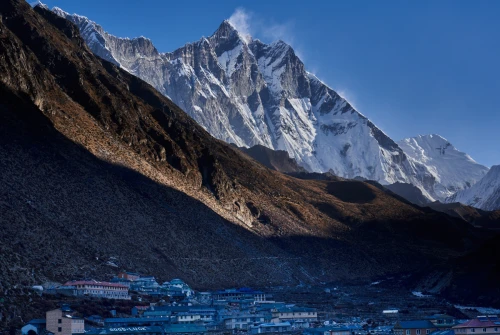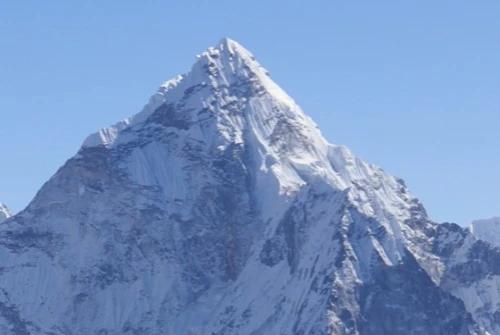Though it is not mandatory, we suggest you have travel insurance for your trek in this region. We have a top 3 list of reasons you would find to have insurance for the trek.
Injury: You will be going to the Himalayas, and the path is not easy. There is a chance of injury, and in rare cases, you might need an emergency helicopter rescue.
Acclimatization: You will reach an altitude of 5,555 meters, so there is a possibility of getting mountain sickness. In those cases, proper rescue might be needed.
Some travel insurance plan covers some important things like,
Passport Loss
Travel Delay
Expenses on Medical and Emergency
Loss of Baggage
Note: Travel insurance will not include things like loss of personal accessories.
There are a lot of travel insurance companies. We recommend that you choose the best travel insurance company. At least check what they cover and what they do and don't do to see if they are reliable.



 based on 9 reviews
based on 9 reviews
